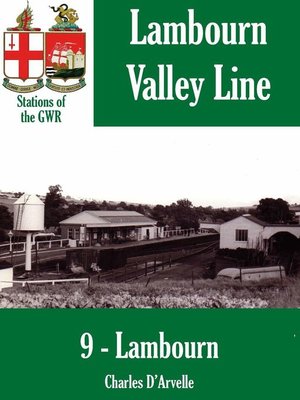
Sign up to save your library
With an OverDrive account, you can save your favorite libraries for at-a-glance information about availability. Find out more about OverDrive accounts.
Find this title in Libby, the library reading app by OverDrive.



Search for a digital library with this title
Title found at these libraries:
| Loading... |
A fascinating history of one of the long vanished stations on the Great Western Railway.Lambourn Station is no more. There is nothing left on the ground to show that this was once the thriving terminus of an independent railway line, later taken over by the Great Western Railway. The station had a coal yard, engine shed, cattle pens, racehorse loading bays and all the necesseties of a line terminus in the days of steam. The line ran from Lambourn down the valley to the Berkshire town of Newbury. Some of the older residents can still remember the trains coming and going, shunting rolling stock and collecting freight as well as passengers.In this book we learn when Lambourn Station was built and why. The impact the station had on the surrounding area is explained and the type of freight and passengers that used the station are explained.The book also takes a look at the types of freight - both heavy and light - transported on the Lambourn Valley Railway (LVR).In 1905 the LVR was taken over by the GWR and the entire branch line was upgraded and brought to GWR standards. The line remained open until 1964, but is now closed, the tracks lifted and the stations gone. How this station was affected is described.This book is one of the Lambourn Valley Railway series that looks in detail at the stations along that now closed branch line. The Lambourn Valley Railway series is part of the Stations of the Great Western Railway collection published by Bretwalda BooksAbout the AuthorCharles D'Arvelle is a railway enthusiast who has a particular fascination with closed branch lines. He has spent many happy hours tracing the locations of closed stations, abanoned sidings and lost railway tracks. He declares it is a great way to get out and explore the British countryside.






